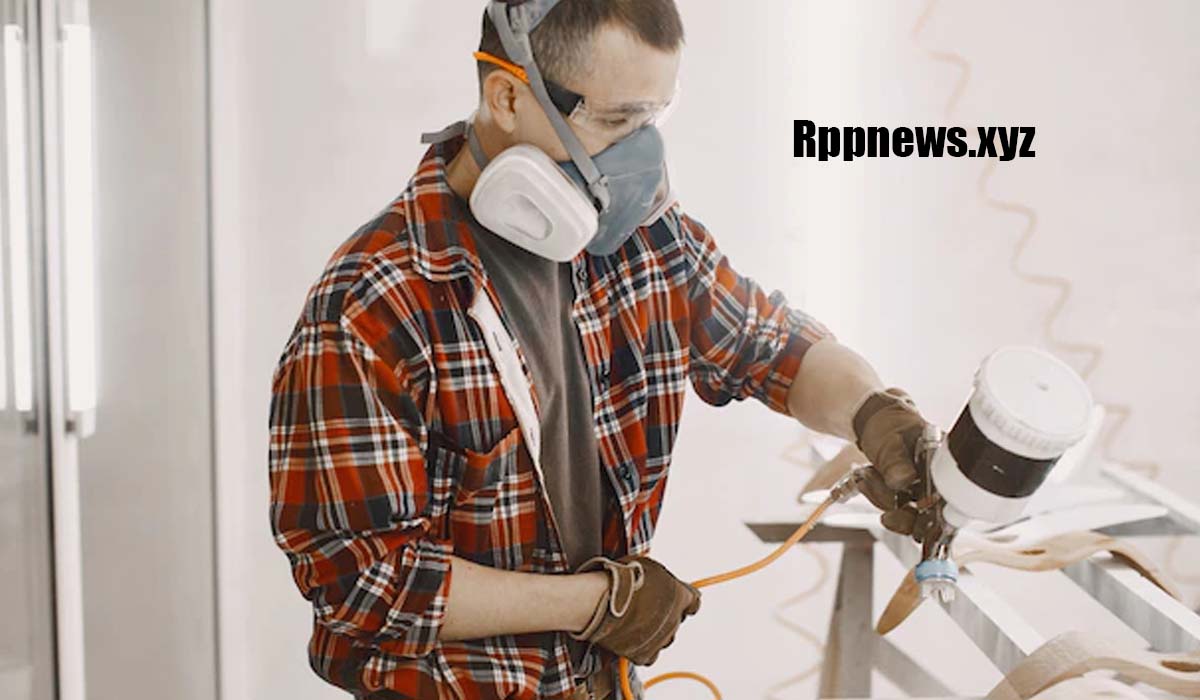Beginner’s Guide To Drywall Taping 2023 .If you’re embarking on a home improvement project that involves installing drywall, understanding the art of drywall taping is essential. Drywall taping is the process of creating seamless joints and a smooth surface on your newly installed drywall. This step is crucial for achieving that polished, professional look in your space. Whether you’re a seasoned DIY enthusiast or a complete beginner, this guide will walk you through the basics of drywall taping.
Materials You’ll Need:
Before you begin, gather the necessary tools and materials:
Drywall Tape:
Choose between paper tape or self-adhesive mesh tape. Paper tape requires joint compound to adhere, while mesh tape has a self-adhesive backing.
Joint Compound:
Also known as mud, joint compound is used to fill gaps, cover seams, and create a smooth surface.
Putty Knife/Taping Knife:
These tools are used to apply joint compound and smooth it over the tape.
Sanding Block/Sandpaper:
After applying the joint compound, you’ll need to sand it down for a smooth finish.
Utility Knife:
For cutting the drywall tape and trimming excess compound.
Corner Bead (if applicable):
Used to reinforce and create clean edges on corners.
Drywall Trowel:
A wider trowel is helpful for applying joint compound to larger areas.
Sponge and Water:
Used for cleaning tools and wiping off excess compound.
Step-by-Step Guide:
Prepare the Surface:
Make sure your drywall sheets are properly installed and securely attached to the studs. Check for any visible screws or nails that are not properly recessed, and fix them if necessary.
Apply the Tape:
If you’re using paper tape, apply a thin layer of joint compound along the seam using a putty knife. Press the tape into the compound and smooth it out. If you’re using self-adhesive mesh tape, simply press it onto the seam.
Coat the Tape:
Apply a thin layer of joint compound over the tape, extending it a few inches on each side of the tape. Use a taping knife to spread the compound smoothly and evenly. Feather the edges to blend the compound with the surrounding drywall.
Embed Corner Beads (if applicable):
For corners, place the corner bead in position and secure it with screws. Apply joint compound over the bead, using a trowel to create a smooth, even surface. Feather the edges.
Let it Dry:
Allow the first coat of joint compound to dry completely. This can take several hours, depending on the climate and humidity levels.
Apply Additional Coats:
Depending on the desired finish, you may need to apply two or three more coats of joint compound. Each successive coat should be wider than the previous one, with the final coat being the widest to achieve a seamless look.
Sand and Feather:
After the final coat has dried, sand the surface with a sanding block or sandpaper to achieve a smooth finish. Feather the edges of the compound to seamlessly blend it with the surrounding drywall.
Clean Up:
Clean your tools and workspace. A damp sponge can be used to wipe off excess joint compound.
Tips for Success:
- Work in a well-ventilated area, as joint compound can produce dust and fumes.
- Take your time with each step to ensure a professional finish.
- Use proper safety gear, including goggles and a dust mask, when sanding.
- Keep your taping and putty knives clean for smooth application.
- Practice on a small area before tackling larger sections.
Conclusion:
Drywall taping might seem daunting at first, but with the right tools, materials, and a bit of patience, you can achieve impressive results. Remember that practice makes perfect, so don’t be discouraged if your first attempts aren’t flawless.
Beginner’s Guide To Drywall Taping 2023
With each project, your skills will improve, and you’ll be able to create seamless, professional-looking walls that enhance the beauty of your space.
